Unlocking the Power of Persuasion: A Guide to Highlighting Your Product’s Value
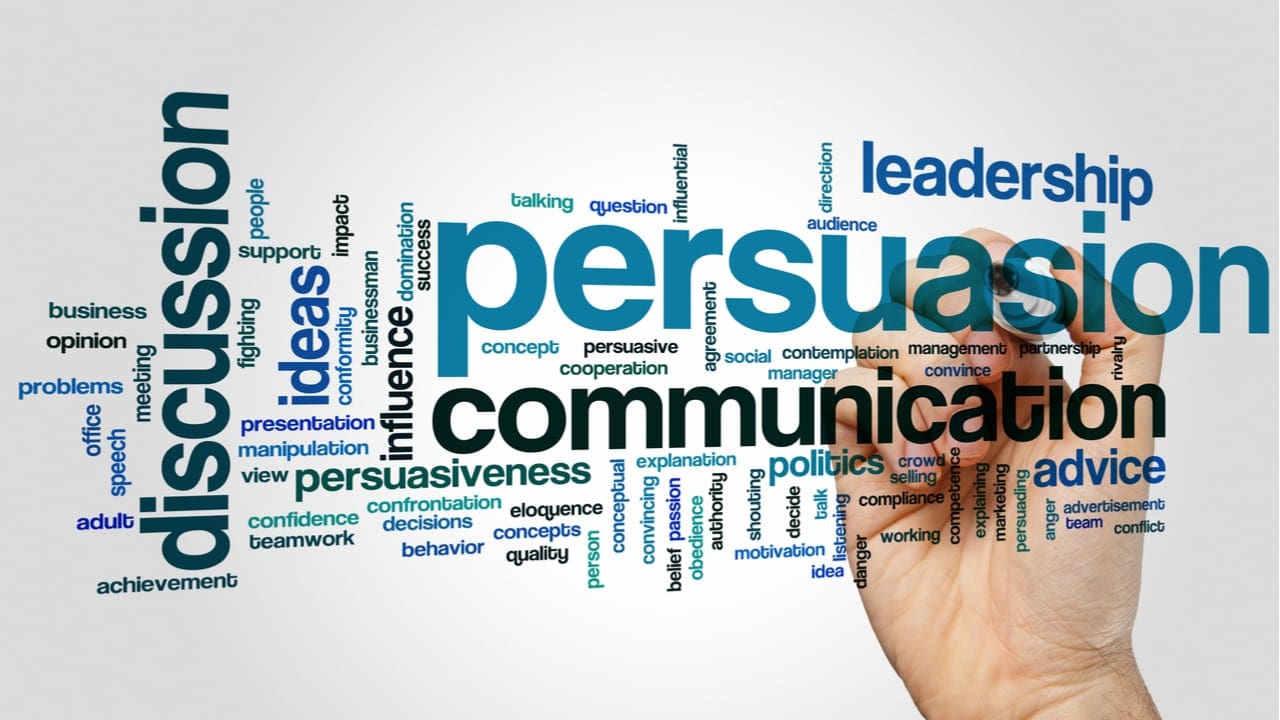
As an architect and interior design expert, I’ve spent years crafting spaces that resonate with people’s needs and desires. This experience has taught me the power of persuasion, not just in building structures, but in conveying the inherent value of a product or service. To help you effectively communicate your offering’s worth, let’s delve into the art of highlighting features and benefits.
Understanding the Foundation: Features vs. Benefits

Before we dive into specific examples, it’s crucial to grasp the distinction between features and benefits.

Features: These are the tangible, objective characteristics of your product or service. They describe what it is or does. For example, a feature of a kitchen cabinet might be "solid wood construction."

Benefits: These are the intangible, subjective advantages your product or service provides to the customer. They address why the feature matters and how it improves the customer’s life. Using the same example, a benefit of solid wood construction could be "increased durability and longevity, ensuring your kitchen cabinets stand the test of time."

Identifying Your Ideal Customer: The Key to Targeted Communication
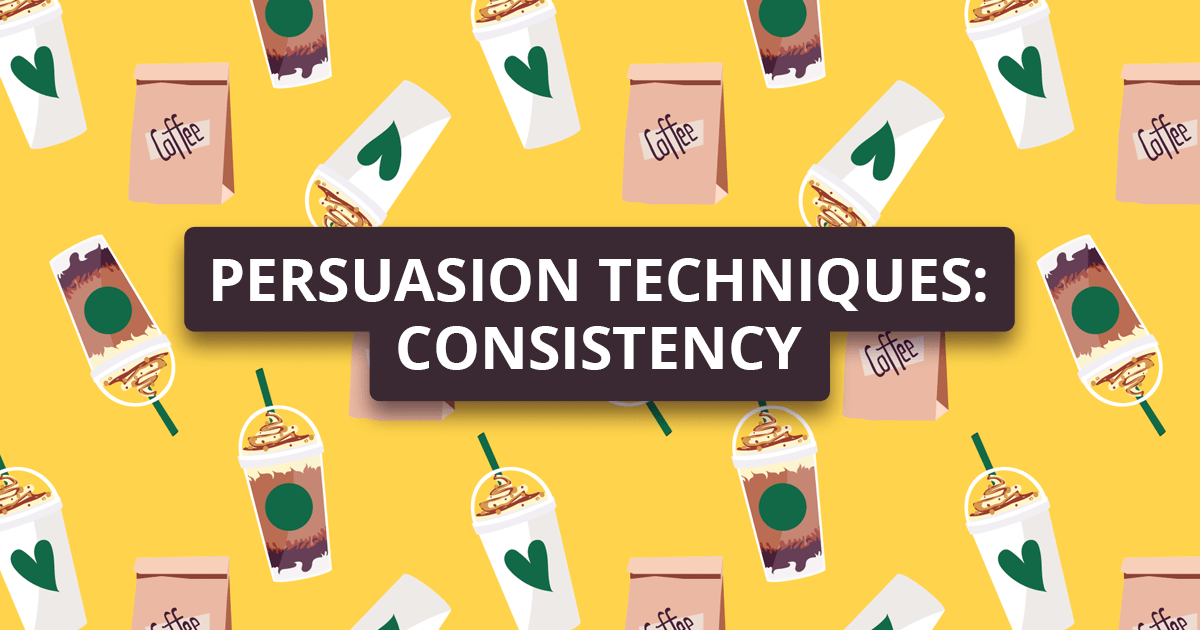
The first step in effectively highlighting your product’s value is understanding your ideal customer. Who are they? What are their needs, desires, and pain points? By defining your target audience, you can tailor your messaging to resonate with their specific interests and motivations.
For example, if you’re selling a high-end kitchen appliance, your ideal customer might be a busy professional who values quality, efficiency, and design. Your communication should focus on how your appliance saves time, simplifies cooking, and elevates their lifestyle.

The Power of Storytelling: Connecting with Emotion
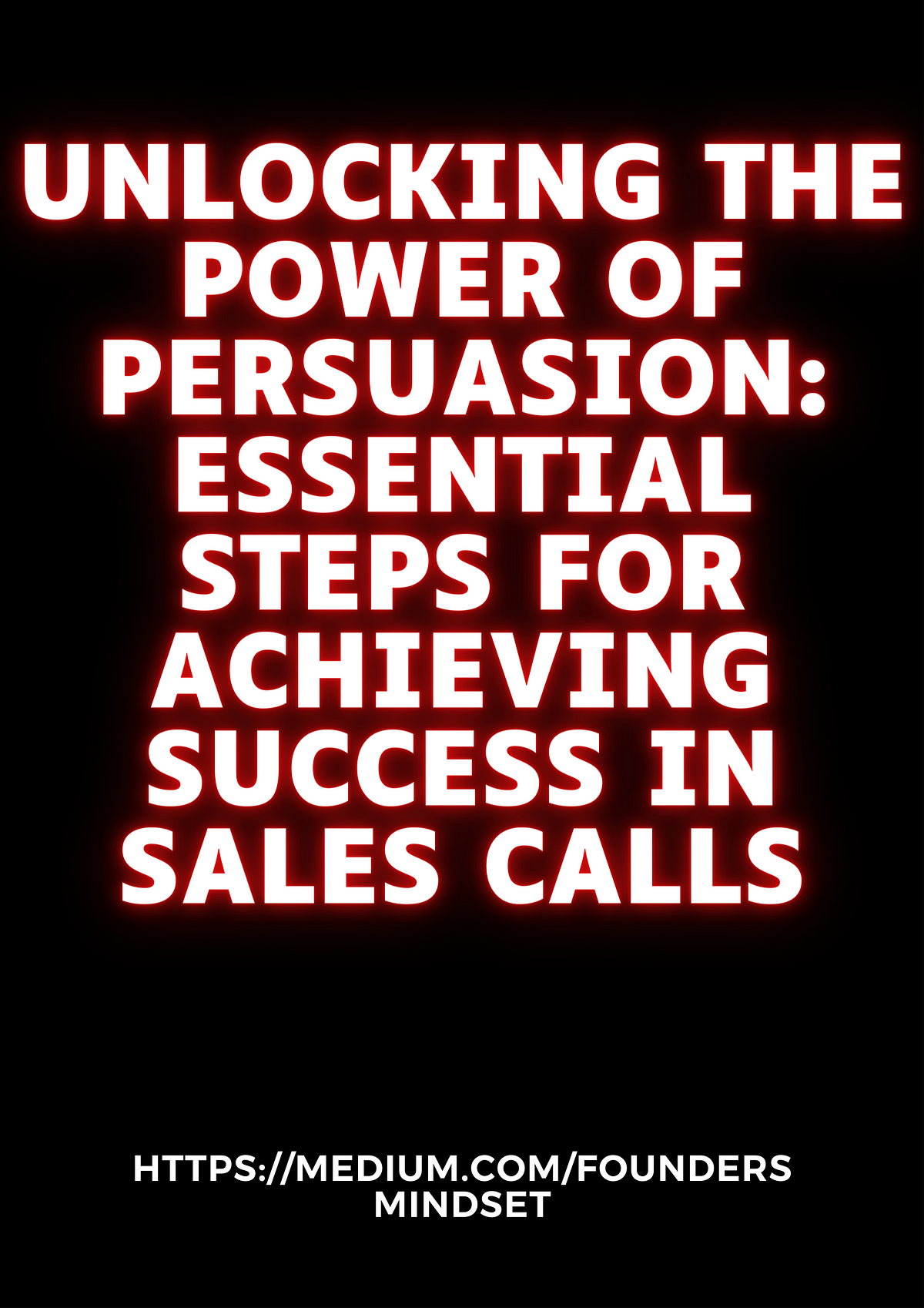
Humans are inherently emotional creatures. We make decisions based not only on logic but also on how a product or service makes us feel. Storytelling is a powerful tool to connect with your audience on an emotional level.
Imagine you’re selling a line of eco-friendly furniture. Instead of simply listing its sustainable materials, tell a story about the artisan who handcrafted it, the sustainable forest it came from, and the positive impact it has on the environment. This narrative evokes feelings of connection, responsibility, and pride, making your furniture more than just a piece of furniture – it becomes a symbol of a sustainable lifestyle.
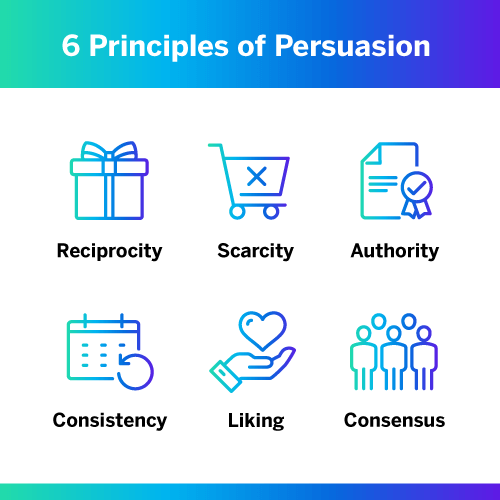
Crafting Compelling Messaging: The Art of "What’s in it for me?"
Every customer asks themselves, "What’s in it for me?" Your messaging should answer this question directly. Focus on the benefits your product or service delivers and how it solves a specific problem or fulfills a particular need.
Here’s a framework for crafting effective messaging:
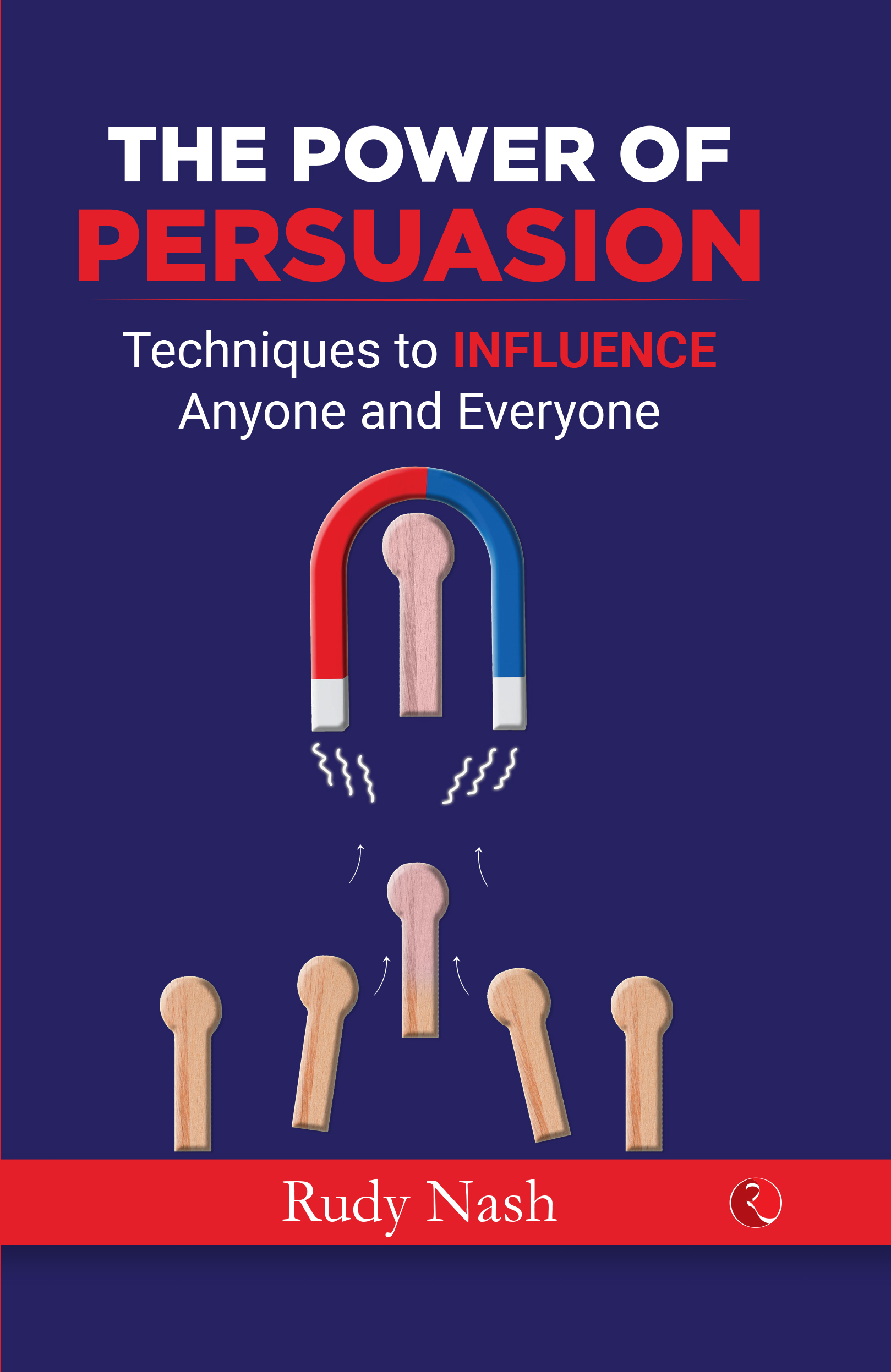
- Problem: Identify the specific problem or need your product addresses.
- Solution: Explain how your product provides the solution.
- Benefit: Highlight the positive outcome the customer will experience as a result.


Example:
Problem: You’re tired of spending hours in the kitchen preparing meals.
Solution: Our smart kitchen appliance automates cooking tasks, allowing you to prepare meals with ease.
Benefit: Enjoy more free time to spend with your loved ones and pursue your passions.
Highlighting Unique Features and Benefits:
Every product has unique features and benefits that set it apart from the competition. Identify these differentiators and use them to position your product as the best choice for your target audience.
Example:
Feature: Your kitchen cabinets feature a unique, patented drawer system that maximizes storage space.
Benefit: Enjoy a clutter-free kitchen with more efficient organization and easy access to all your belongings.
Using Visuals to Enhance Your Message:
Images, videos, and other visuals are powerful tools for conveying your message. They can evoke emotions, showcase the product’s features, and create a more engaging experience for your audience.
Example:
Instead of simply describing the sleek design of your kitchen appliance, showcase it in a beautifully shot video highlighting its functionality and aesthetic appeal.
Building Trust and Credibility:
Trust is essential for any purchase decision. Build trust by providing testimonials from satisfied customers, showcasing industry certifications, and highlighting your company’s expertise and experience.
Example:
Include a section on your website featuring customer reviews praising the quality and performance of your product.
Continuously Learning and Adapting:
The world of marketing is constantly evolving. Stay informed about the latest trends and adapt your messaging accordingly. Analyze your marketing data to understand what resonates with your audience and make adjustments to your strategy as needed.
Conclusion: The Power of Persuasion is in Your Hands
By understanding your ideal customer, crafting compelling narratives, and highlighting the unique features and benefits of your product or service, you can unlock the power of persuasion and effectively communicate its value. Remember, the goal is not just to sell a product but to build lasting relationships with customers who feel understood and valued.

